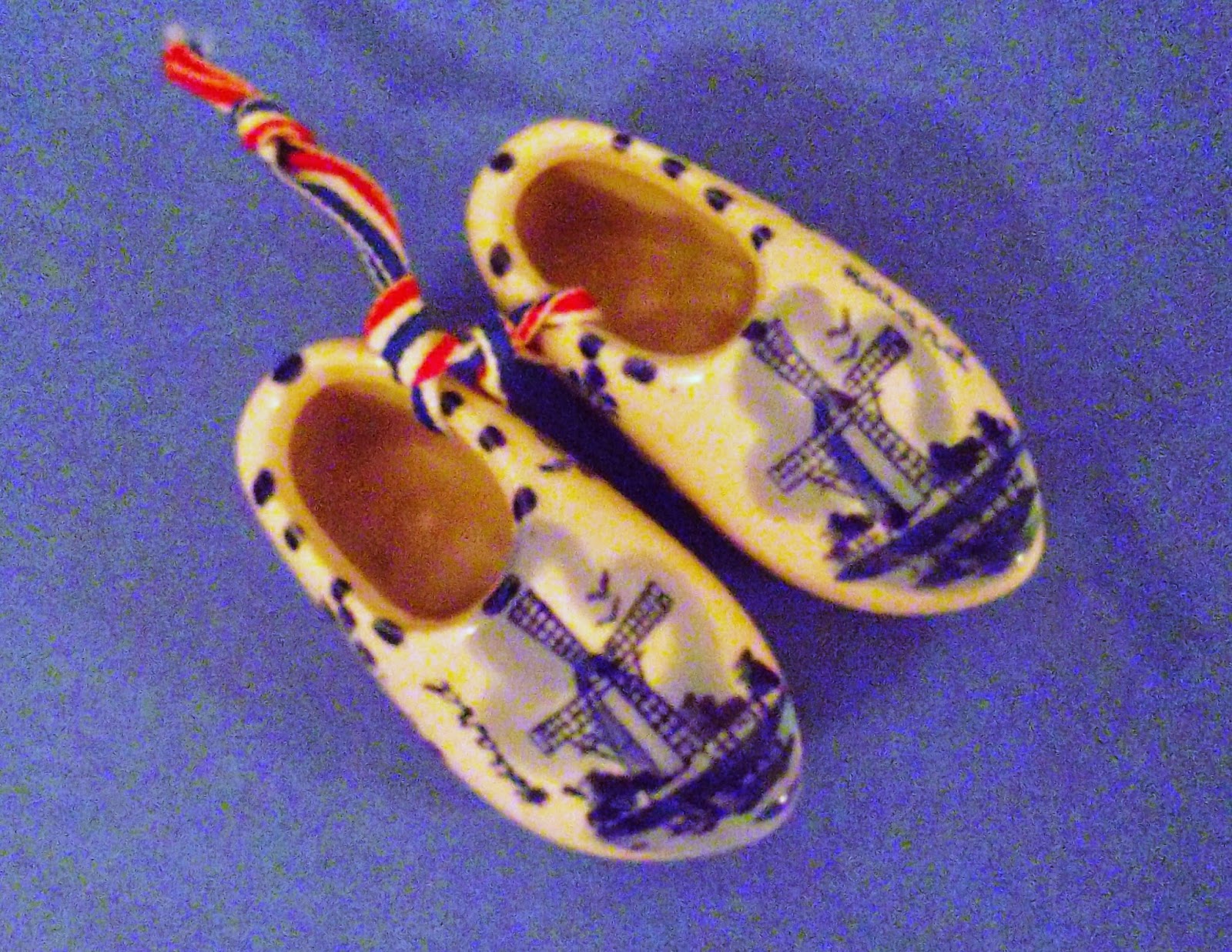But the Dutch and many Dutch-Americans have already had a fun- and goodie-filled celebration -- Sinterklaasavond, or Saint Nicholas Eve.
As Saint Nicholas Eve (December 5) coincides with my birthday, my childhood memories of the day are a blurred combination of birthday cake, and wooden shoes filled with chocolates, nuts, and oranges.
Dutch Settlers Society Celebration:
This year, as for the past five years or so, I attended the annual Saint Nicholas Eve dinner of the Dutch Settlers Society of Albany. There was good food, music, and much gezelligheid (a Dutch word that connotes comfort, coziness, and camaraderie), a talk by Albany's Mayor about the city's rich history -- and to top off the evening, the traditional visit by Saint Nicholas, or Sinterklaas, as he is known in Dutch.
Sweet Treats:
I also had an opportunity this week to attend a talk by Dutch food historian Peter Rose about the history and origin of Saint Nicholas lore, and the traditions connected with the celebration of this feast day, including the many recipes for tasty treats prepared for the fete.
If you have a sweet tooth like I do, you will want to try out such dainty delicacies as speculaas, most often known in the United States as "windmill cookies."
Family Mystery Solved:
Years ago, my Mom had a pair of bas-relief wooden carvings that we knew were of Dutch origin. I had a vague memory of these artifacts being displayed in the house I grew up in. And so it happened that my sister unearthed the pair, "hidden in plain sight," in the basement of the house.
The red-painted carved boards, about 13 inches by 4 1/2 inches, represent a quaintly dressed young man and woman. It was obvious to me that they were similar to the cookie boards representing Saint Nicholas and other Dutch symbols used to mold cookie dough around the holiday. But why a boy and girl? Was there a particular significance to the pair?
I learned during the talk that the paired figures are known as vrijers, or "lovers," based on the legend of the Saint's anonymous gift of dowries to three sisters whose father was too poor to provide them with the requisite sum. In this fashion, Saint Nicholas made it possible for the young women to marry.
How old are the pair of vrijers that turned up in the basement? I have no idea, but I don't dare to try filling them with sticky cookie dough. They will, however, be a unique piece of holiday decoration this year, and a great conversation starter.
 |
| My shoes are waiting for Sinterklaas's visit! |



No comments:
Post a Comment
Note: Only a member of this blog may post a comment.